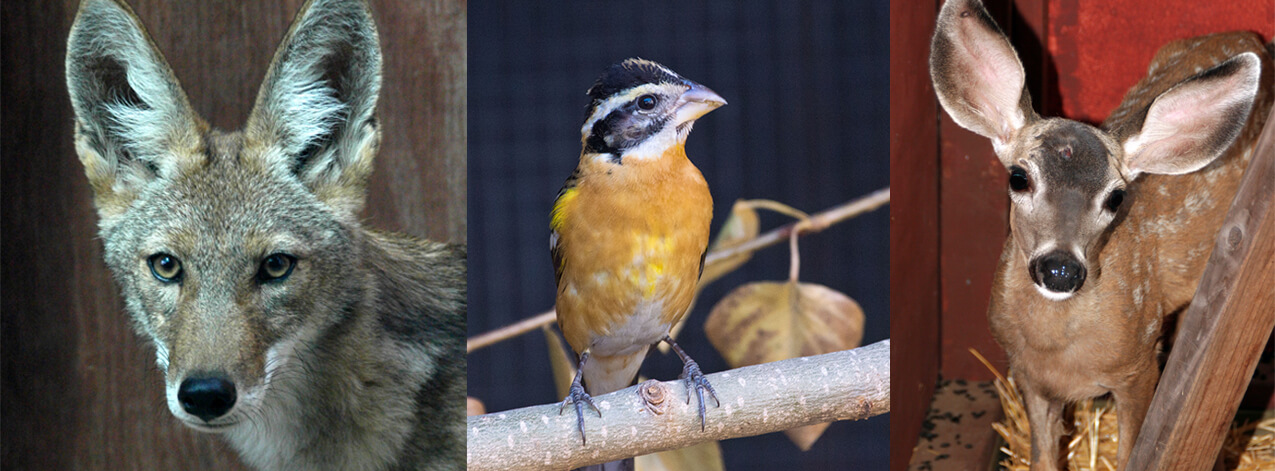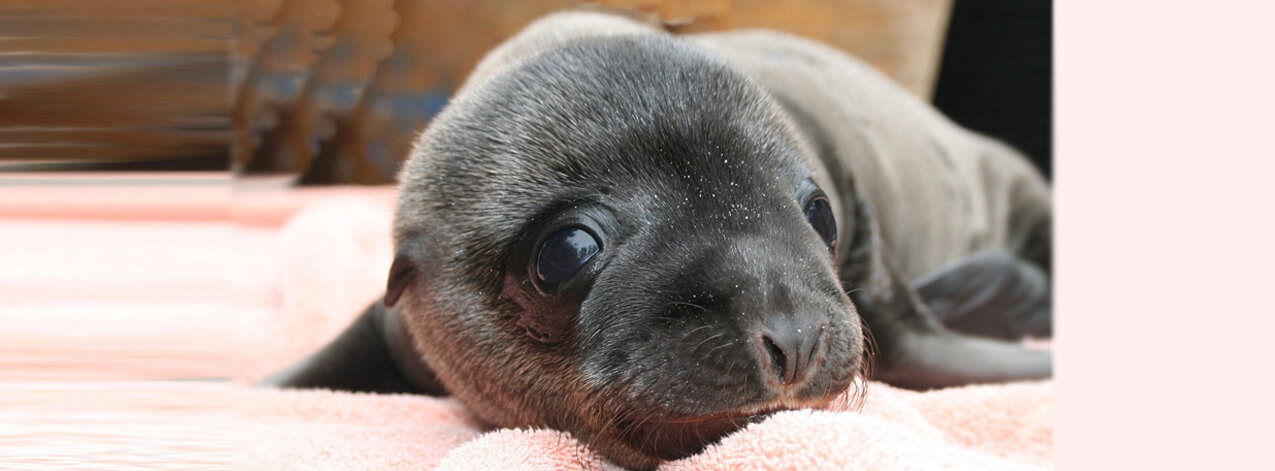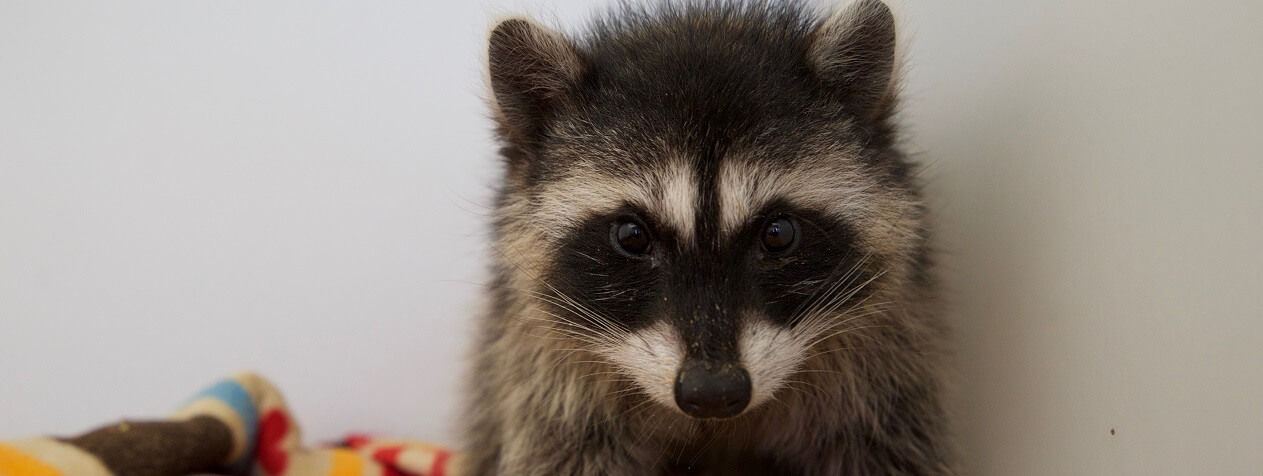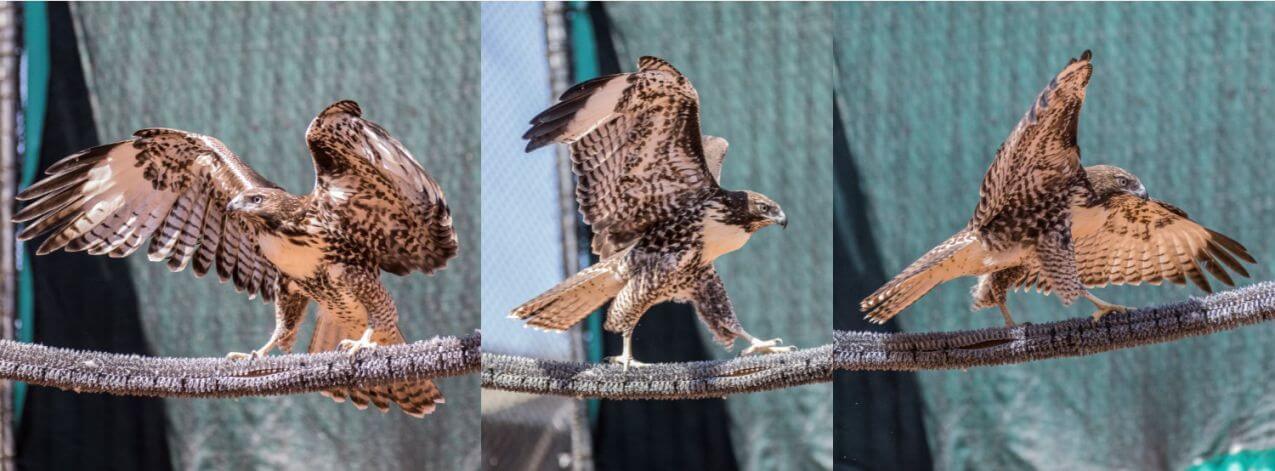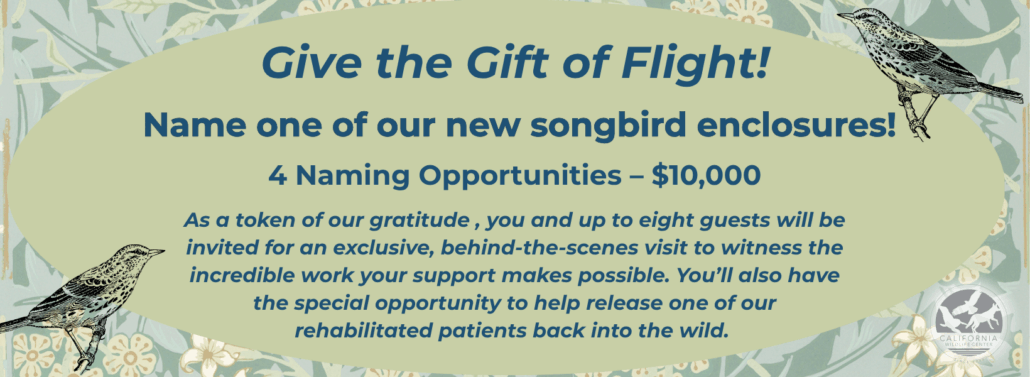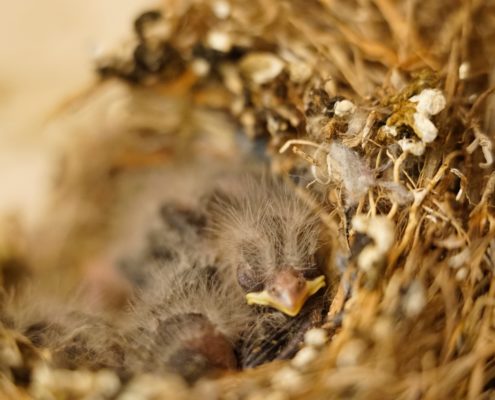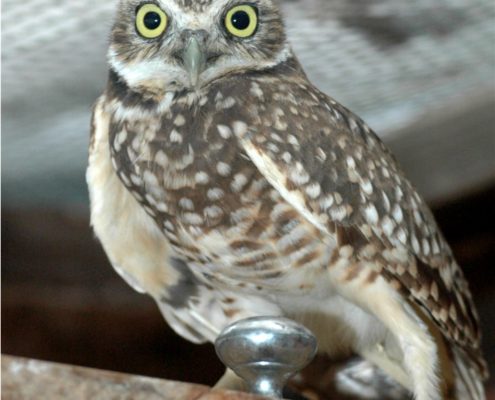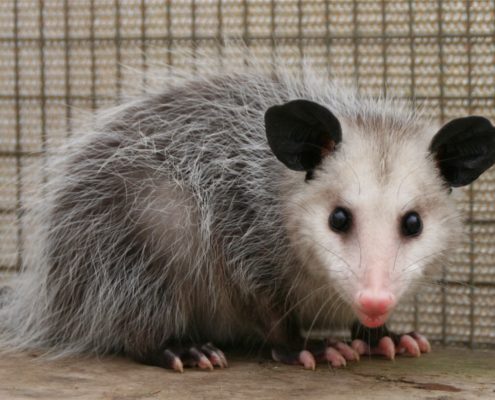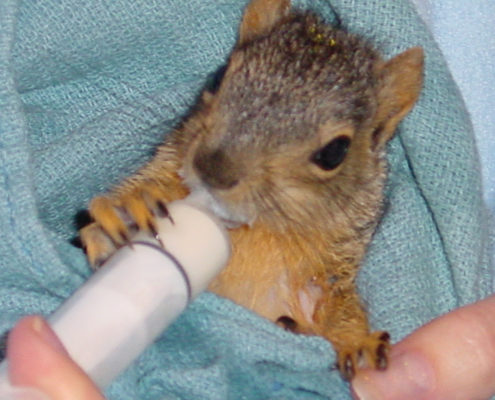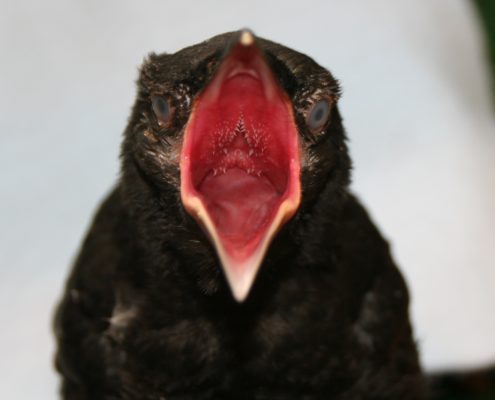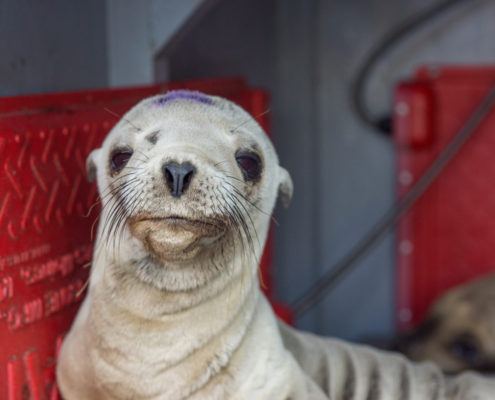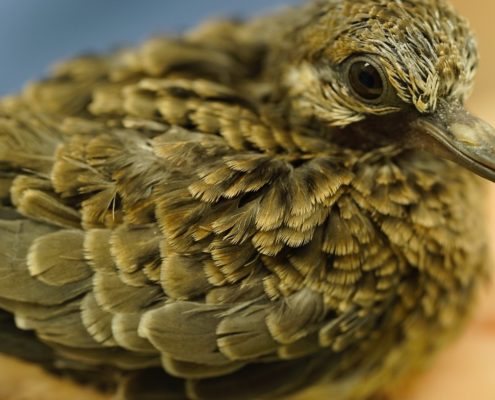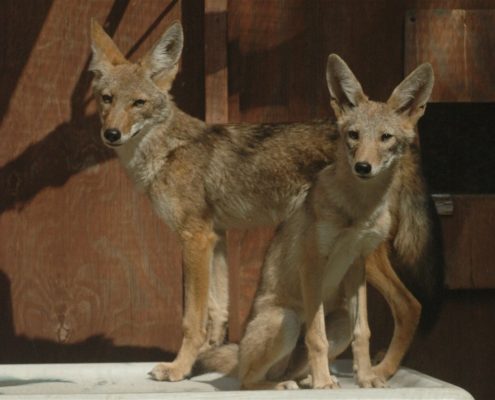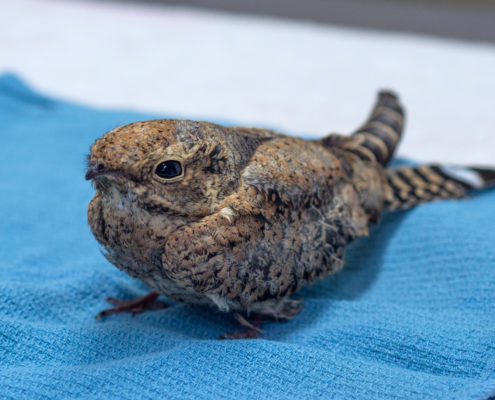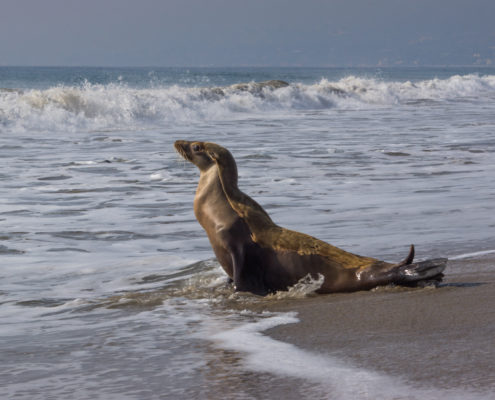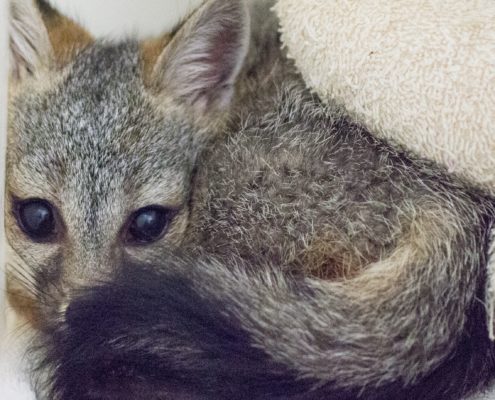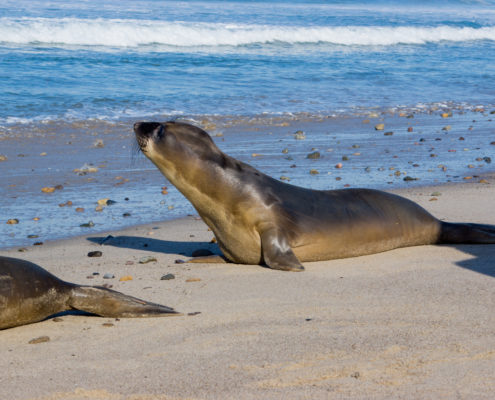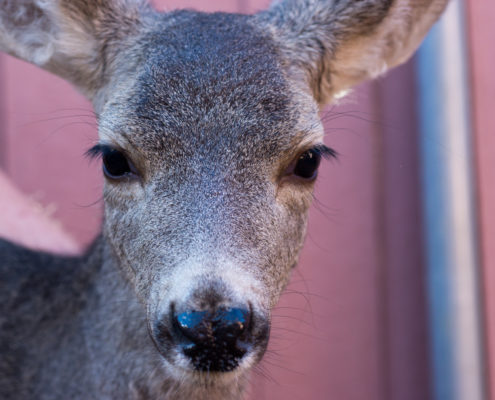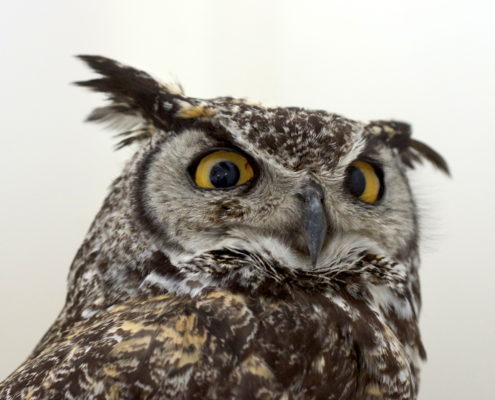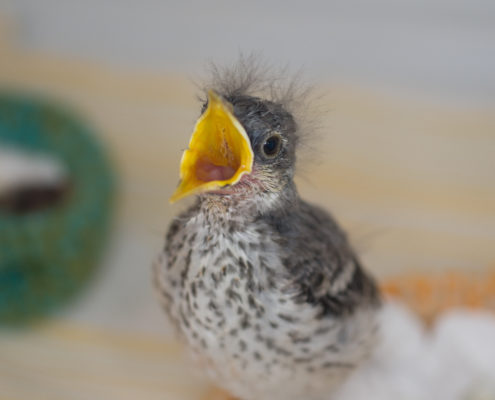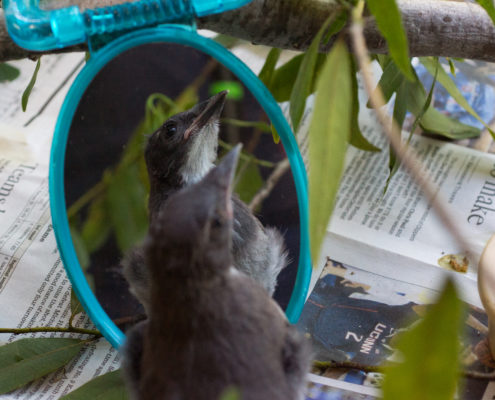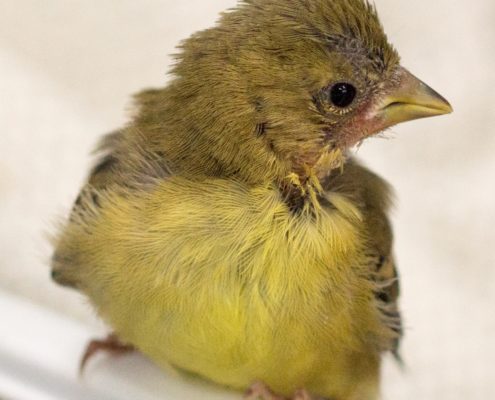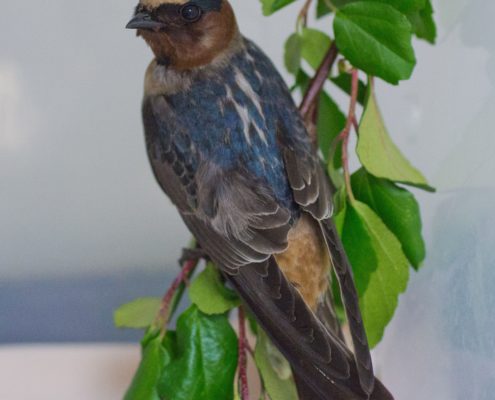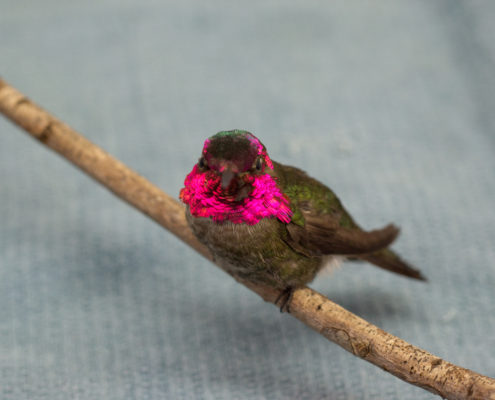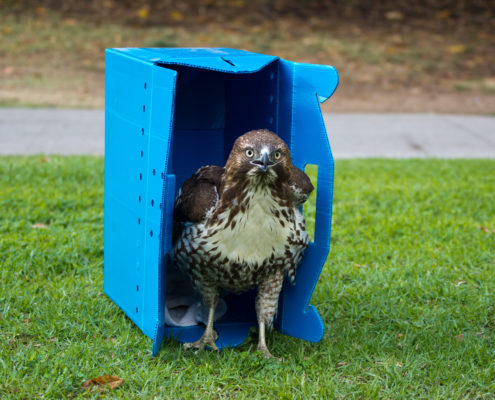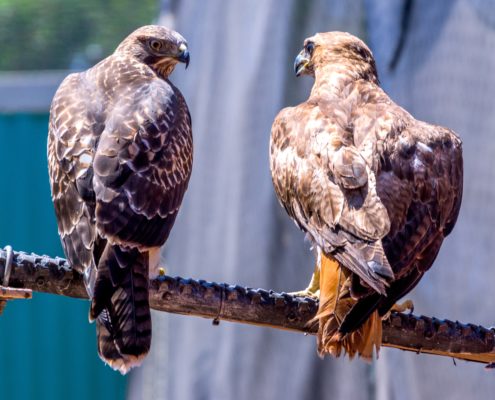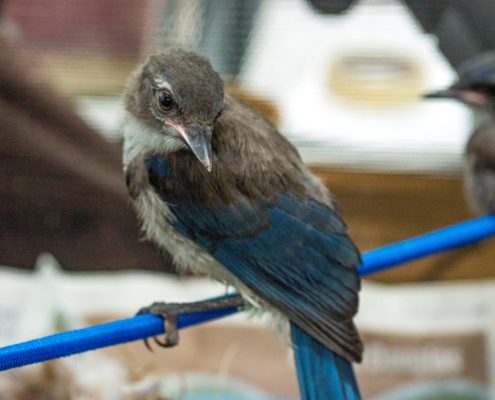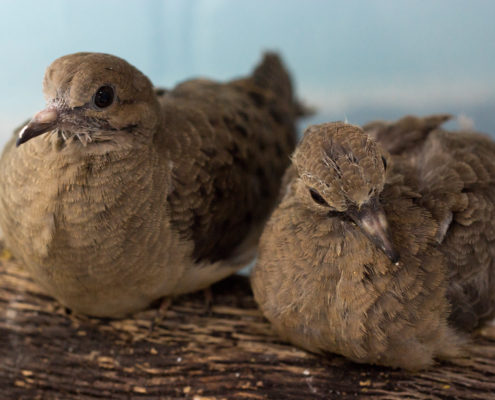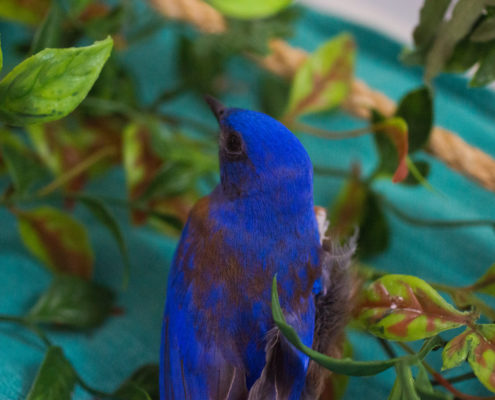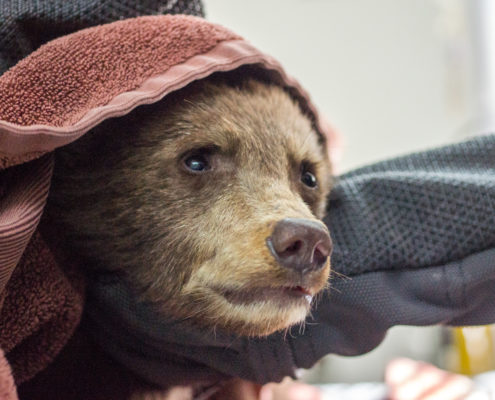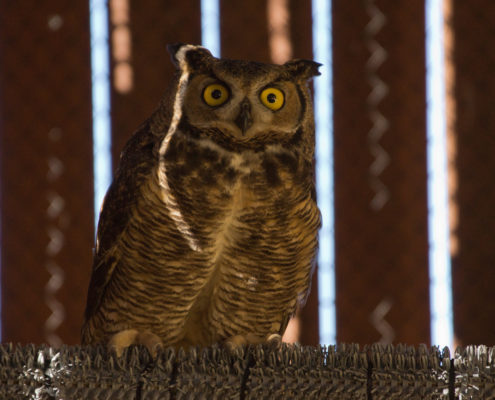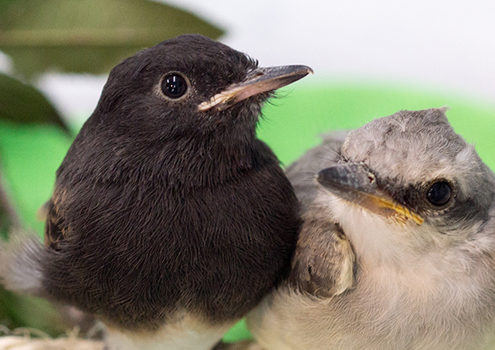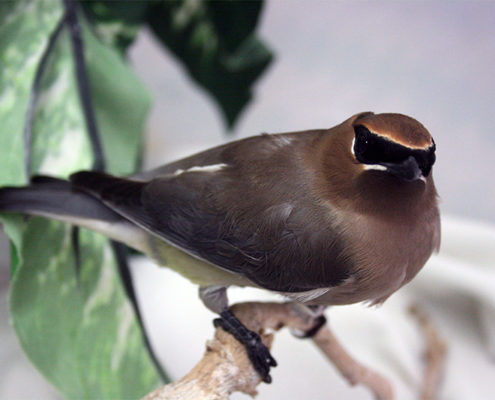Raccoons cannot legally be relocated to another area, but there are a few things you can do to encourage them to move on.
RACCOON REPELLANTS
Cayenne pepper
Repel® Granules –available at Amazon.com (doesn’t always work but worth a try)
Hot Pepper Repellant Recipe
You need:
1. One chopped yellow onion
2. One chopped Jalapeno pepper
3. One tablespoon of Cayenne Pepper
Boil ingredients for 20 minutes in two quarts of water. Then let it cool and strain the mixture through cheesecloth. Apply this with a spray bottle. You must apply daily!
Mechanical Repellants
Scarecrow® by Contech – a motion-activated high-pressure jet sprayer. It gets great reviews and comes highly recommended by many wildlife exclusionists. Available on Amazon.com
Raccoons are smart, so these exclusion tactics usually work quite well if performed correctly.
RACCOONS ON THE PREMISES
Be sure to eliminate all outside food sources, such as pet food, birdseed, etc. in the evening. If your pets must be fed outside, then remove all food at night.
Use metal or heavy plastic trash containers. Keep the lids securely fastened to prevent odors from escaping.
Keep BBQ grills clean or stored in a secure place.
If you see a raccoon, haze them. Create a noisemaker such as a soda can taped closed with some pennies inside. Throw the can towards the raccoons. Spray them with a hose.
Install an electric fence on the tops of all the fences and on the bottoms if they can climb under. Fido-shock or Havahart brands are recommended. They can be found on Amazon.com.
Use the Scarecrow mentioned above in high traffic areas such as gardens.
RACCOONS IN THE ATTIC
If there are babies, give the mother 1 or 2 nights to relocate the family.
It is best to leave them alone until mom moves the babies out.
If you can, sprinkle Cayenne pepper or Repel® granules, a commercial dog and cat repellant, around the entry hole, both inside and out, if this is possible.
During the day, place a radio in the attic tuned to an all-talk station.
Use floodlights to keep the area where they are living well lit.
Once the raccoon has moved out, secure their entry point. Use hardware cloth or welded wire.
RACCOONS ON THE ROOF
Spray them with a hose.
Trim the trees closest to the house or wrap a 4ft wide sheet metal flashing around the tree a couple of feet off the ground to prevent climbing.
Apply metal flashing to other areas of entry.
RACCOONS IN THE GARDEN
Use a Scarecrow sprayer in the garden.
Apply cayenne pepper spray recipe liberally daily around vulnerable plants.
Light the area with floodlights or motion detector lights.
RACCOONS IN THE FISH POND
Build a frame around the pond. Attach 1 ft of chicken wire that will protrude over the edge of the pond. Raccoons will not stand on the flimsy wire and won’t be able to get to the edge of the pond to reach down.
Have plenty of hiding places for fish to go into well away from the edge of the pond.

